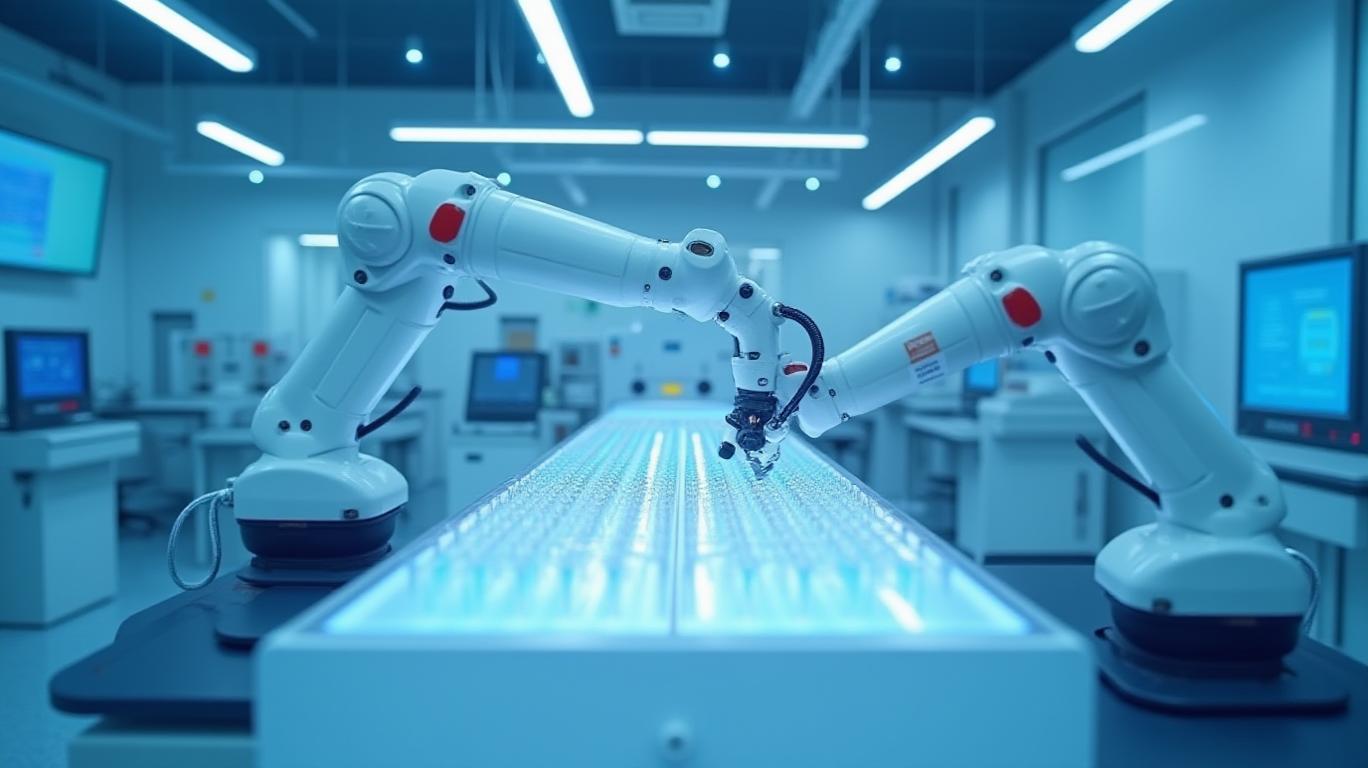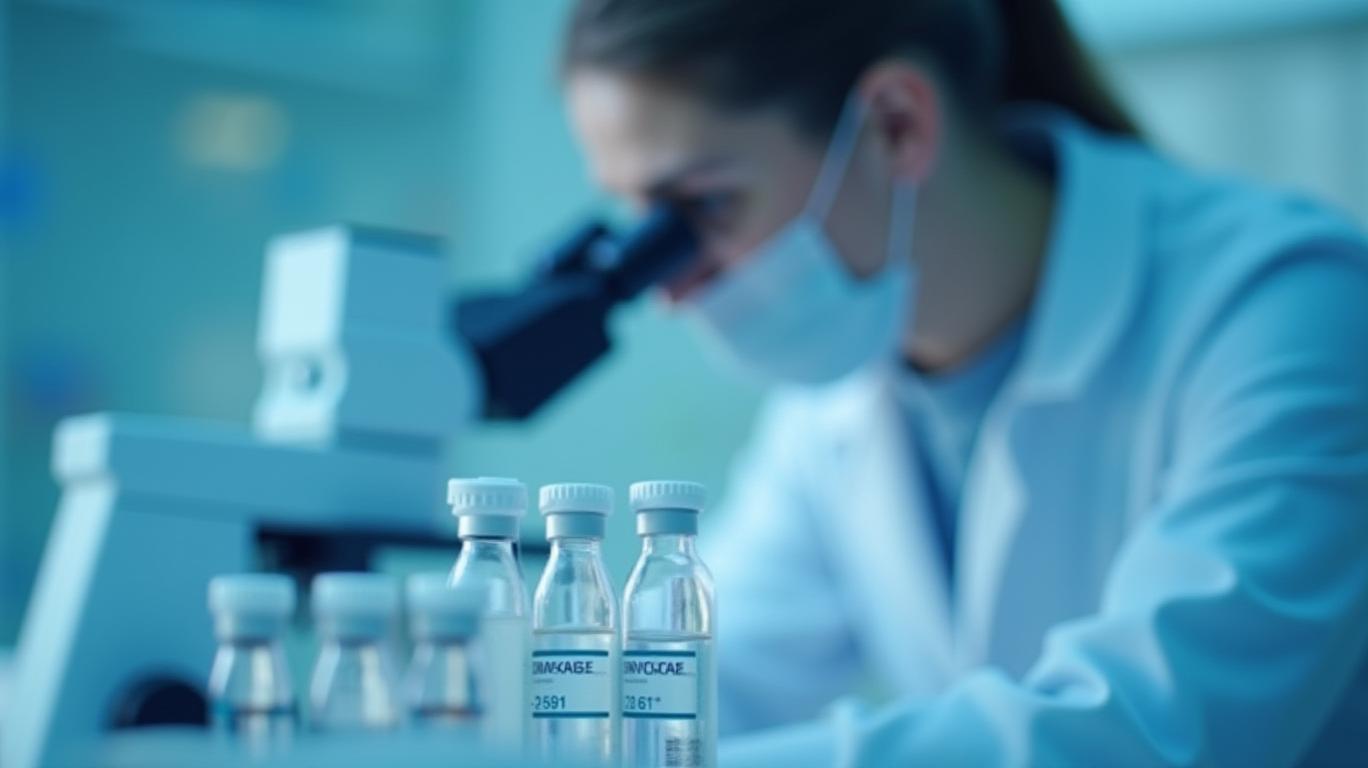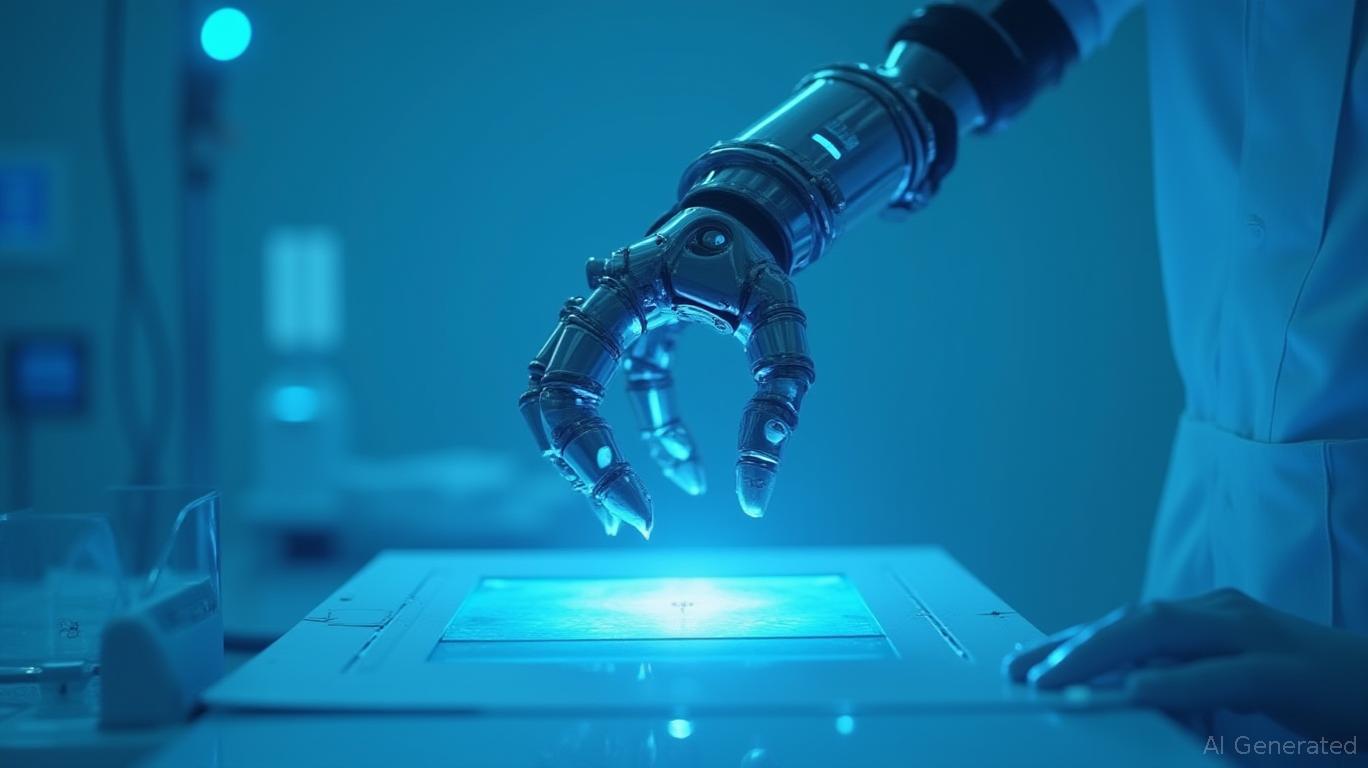Seegene’s CURECA™: A New Era for PCR Diagnostics or Overhyped Automation?
The field of molecular diagnostics has long been hamstrung by a critical inefficiency: the manual handling of pre-treatment steps for PCR testing. From sorting blood samples to centrifuging stool specimens, these labor-intensive processes have slowed turnaround times, limited lab scalability, and created a bottleneck for labs worldwide. Enter Seegene’s CURECA™, a fully automated PCR system set to debut this summer, which promises to eliminate these pain points and redefine the $50 billion global PCR diagnostics market.
But is this system truly a game-changer, or just another automation tool in an already crowded space? Let’s break it down.
The Technology: A Modular Revolution

CURECA™’s core innovation lies in its end-to-end automation, a first in the PCR space. Unlike existing systems that require manual pre-treatment of samples, CURECA™ integrates three key modules:
1. Customizable Pre-Treatment System (CPS): Automates sorting, vortexing, centrifugation, and heat treatment for diverse sample types (e.g., blood, urine, stool).
2. Primary Sample Aliquot System (PAS): Streamlines workflows for specimens needing no preprocessing.
3. CEFA (Customizable & Expandable Full Automation): Integrates PAS with PCR processes, enabling 24/7 unattended operation and seamless nucleic acid extraction.
The system’s modular design allows labs to configure it as a full suite or select individual modules, making it adaptable to small, mid-sized, and large facilities. One Spanish lab director highlighted its potential to reduce operator fatigue for sexually transmitted infection (STI) testing—a process currently “dependent on trained professionals working grueling shifts.”
Market Opportunity: $50B and Growing
The global PCR diagnostics market is projected to hit $50 billion by 2030, driven by rising demand for rapid, accurate testing in infectious diseases, oncology, and genetic disorders. Yet, adoption has been held back by two factors:
1. Labor Intensity: Manual pre-treatment requires skilled workers, a scarce resource in many regions.
2. Space Constraints: Legacy systems often lack flexibility, limiting scalability for smaller labs.
CURECA™ directly addresses these issues. Its space-saving architecture and pre-treatment automation could unlock growth in underserved markets, from rural clinics to global reference labs. As one attendee at Seegene’s April 2025 demo noted: “This isn’t just about speed—it’s about democratizing access to advanced diagnostics.”
The Competition: Can Anyone Keep Up?
While Seegene’s rivals like Roche (ROG.SW) and Danaher (DHR) dominate PCR testing, their systems often require manual steps or lack pre-treatment automation. For instance, Roche’s cobas® PCR systems excel in speed but still rely on lab technicians to prepare samples—a gap CURECA™ aims to fill.
Seegene’s advantage lies in its technology-sharing initiative, partnering with local firms to tailor CURECA™ for regional needs. This strategy mirrors the success of companies like Illumina (ILMN), which built dominance by adapting to diverse genomic workflows.
Risks on the Horizon
Despite the hype, risks remain. First, CURECA™’s July 2025 ADLM demo is a make-or-break moment. If labs are underwhelmed by its real-world performance, investor sentiment could sour. Second, regulatory hurdles in key markets like the U.S. (FDA clearance) or Europe (CE marking) could delay commercialization.
Moreover, pricing is a wild card. If CURECA™ commands a premium over existing systems (e.g., $200K–$300K per unit), smaller labs may balk at the cost—a critical barrier in emerging markets.
The Investment Case: A Buy or Wait?
Seegene’s shares have risen 15% YTD on CURECA™ optimism, but skeptics argue the stock is already pricing in success. Bulls counter that the company’s 20-year track record (e.g., 340M+新冠 tests sold) gives it credibility to execute.
The key catalyst is July’s ADLM demo, where industry buyers will assess CURECA™’s scalability and error rates. If the system meets expectations, Seegene could claim a 10–15% slice of the PCR automation market by 2026—a $5B opportunity at current growth rates.
Conclusion: A Paradigm Shift, or Just a Niche Play?
CURECA™ has the potential to be a paradigm-shifting tool in diagnostics. Its pre-treatment automation and modularity could save labs millions in labor costs while enabling 24/7 workflows—a game-changer for time-sensitive tests like STIs or AMR diagnostics.
However, investors must temper excitement with realism. The system’s success hinges on execution at ADLM and regulatory approvals. If it delivers, Seegene could solidify its position as a leader in next-gen diagnostics, justifying its current valuation. If not, the stock could face a reckoning.
The verdict? Buy the dip after ADLM—but keep a close eye on those demo results.
Data sources: Seegene investor presentations, ESCMID/ADLM conference reports, Global Market Insights Inc.

_442a2dcc1749832873286.jpeg)
_e68fac6d1749831664430.jpeg)







